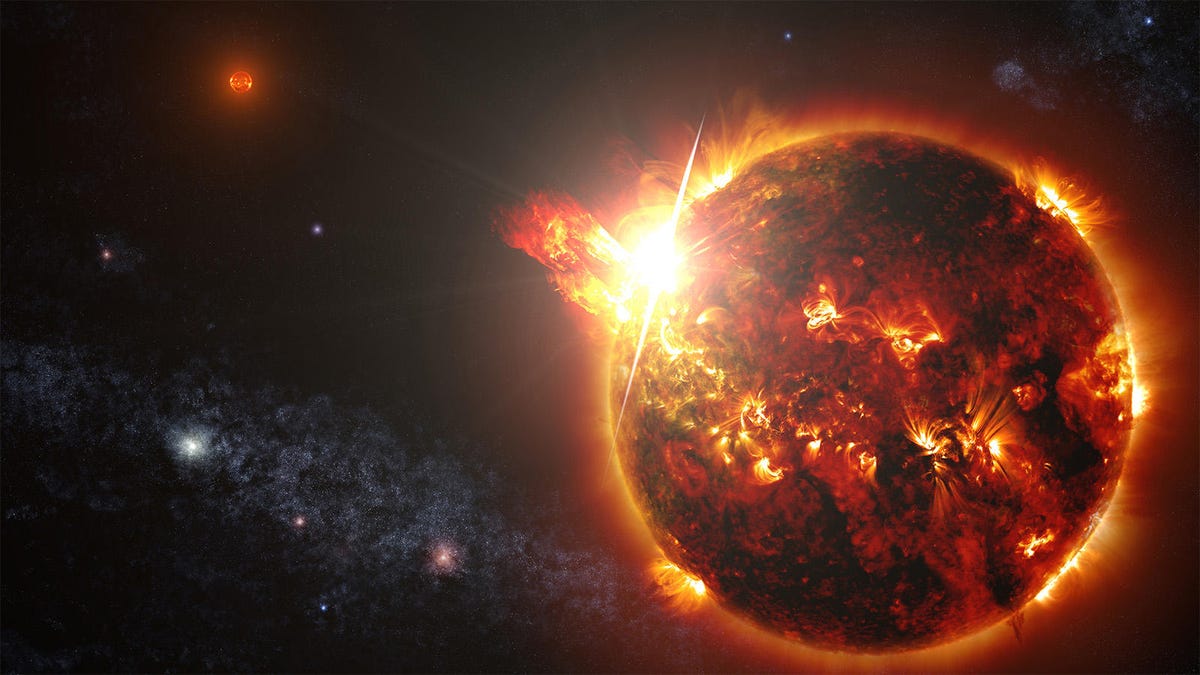There's no apocalypse Saturday, but there is reason to worry
YouTube prophets claim the end of days is Sept. 23 when a nonexistent planet will supposedly smack into us. Meanwhile, a very real threat exists.

Don't scrap your weekend plans on account of this warning.
The latest end-of-the-world prophecies tell us our doom gets underway this Saturday, Sept. 23. Almost everything about these predictions is wrong, and at the same time, not far off from a very real threat.
YouTube is filled with videos explaining why the end of the world begins this week, citing some combination of numerology, Biblical interpretations and the hidden planet Nibiru, which is somehow supposed to appear Saturday on a collision course with Earth.
Luckily, there's no credible evidence such a rogue world exists (a fact NASA has attested to) anywhere near the inner solar system (although there might be one way, way out at the edge of the solar system), and physics as we understand it says one won't suddenly spring into existence to kick off the weekend.
If you want to go down the online rabbit hole of Nibiru (also known as "Planet X") lore, feel free: there's probably enough material to keep you occupied until the real end of the world, especially since it's become a fake news staple in recent years.
Just keep in mind the fictional planet and its related conspiracy theories and doomsday predictions have been kicking around for decades without ever panning out. In case you haven't heard, Nibiru did not destroy Earth in 2003 as was foretold, or in 2012, or earlier this year when it supposedly flung a comet at us (and missed by quite a distance).
The real threat
A very real threat to our existence is not far off from the Nibiru scenario; it's just a lot smaller. The collision that wiped out the dinosaurs and nearly brought life on Earth to a halt in the cretaceous period involved what's sometimes referred to as a minor planet, aka an asteroid a few miles wide.
And there's no reason it can't happen again.
The meteor that exploded over Russia in 2013 wasn't seen until it was blowing out thousands of windows. In fact, smaller asteroids like that are often discovered after they've already buzzed just above our planet.
Scientists believe there are about a million asteroids in our solar system that could level a city but only about 1 percent have been discovered. Initiatives like Asteroid Day and NASA's proposed NEOcam are just a few of the projects hoping to use technology to improve that ratio.
Crowd Control: A crowdsourced science fiction novel written by CNET readers.
Solving for XX: The tech industry seeks to overcome outdated ideas about "women in tech."

